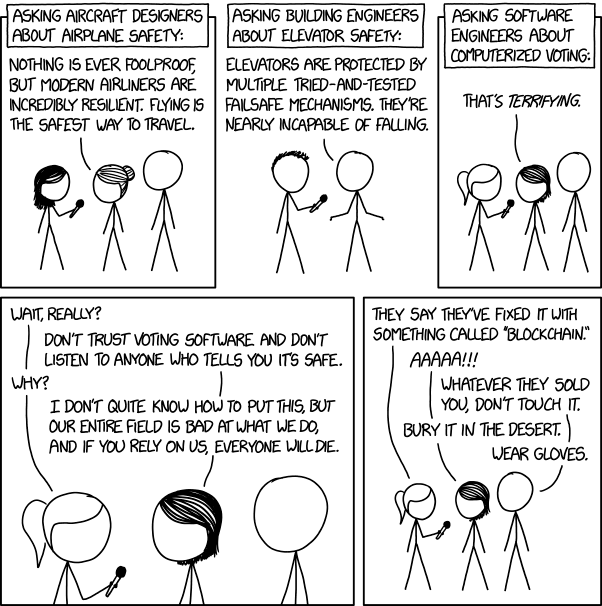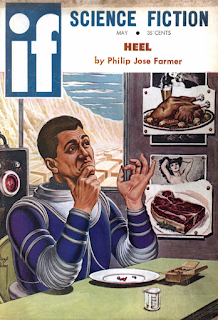I spend a lot of time on the Westside. The plurality of my LA-based friends live in the area and it's a quick drive from my current residence. Recently the heat wave has also been a big reason to head west – – the beaches are often 20 or 30 degrees cooler than other parts of town – – but things seem to be getting more temperate and I'm hoping for some pleasant weather until the next Santa Anas kick in.
Over the past month, with a suddenness that caught pretty much everyone off guard, the area has seen a swarm of electric scooters. I've dodged the riders in traffic, stepped over the scooters on the sidewalk, and listened to the reactions of the locals (Check here for
Ken Levine's), so I thought I'd jot down a few quick thoughts on the subject.
One. This is not a national, or even an LA story; this is a west of Lincoln story.
[for a bit of background, check out this
earlier post.]
This tiny strip of the huge city of Los Angeles gets a wildly disproportionate share of attention, at least in part because a large portion of visitors never make it east of the 405 or south of the 105. The New York Times is particularly egregious in this regard (you have to wonder if the phrase "patronizing, provincial asshole" actually appears in the job listing for the papers travel writers). While these scooters are ubiquitous in places like Venice Beach and Santa Monica, it's likely that most LA residents have never actually seen one in their neighborhood.
Two. So far, these scooters thrive in exactly the neighborhoods you would expect them to.
Here in LA (and I believe in the Bay Area as well) scooters are ubiquitous in places that are upscale, dense, well-maintained and policed, and touristy as hell. They appeal most strongly to the kind of people who hang out in these areas, particularly...
Three. Scooting is very much a young person's game.
Of the dozens of people I've seen zipping around various beach communities, I can recall exactly one who appeared to be over 40. The majority appeared to be in their 20s. Part of this can be explained by the appeal of different activities to different age groups, but a lot of it comes down to factors like balance, even more than writing a bicycle. To get on one of these scooters requires one be confident on one's feet, which leads us to the next point...
Four. Scooters are almost exclusively an alternative to walking.
When we discuss electric scooters as a form of transportation, it is important to note that virtually everyone who rides one of these is capable of walking and the vast majority of the trips they take could be done on foot. Bicycles, with their greater range, ability to handle rougher terrain, can be operated reasonably safely at night, and options for hauling cargo, are often a viable alternative to cars, buses, and subways. None of this applies to scooters.
Five. And pedestrians hate them.
It seems a safe bet that most urban transportation experts would argue that we should prioritize pedestrians first with cyclists a close second followed by various forms of public transportation like buses and subways with cars a distant last. Scooters provide an alternative to walking that inconveniences and sometimes endangers pedestrians. The hazards will be difficult to address – – you can make all the rules you want, but scooters are simply better suited for sidewalks than roads – – but the inconvenience could largely be avoided except for...
Six. Ddulite fallacy and the false dichotomy between dockless and nothing.
This goes back to our long running discussion of the profoundly irrational tendency particularly among journalists and investors to reject the tools that are most appropriate for a given job in favor of some shiny new tech. In this case, it is notable how the concept of docking stations have been relegated to the antiquated pile. Keep in mind that almost everyone who would consider using a scooter is capable of walking a few blocks to and from the stations and that having an assigned place for unused scooters would remove most of the complaints about inconvenience.
Seven. But there are hundreds of millions of reasons why we are going to hear a rational conversation on the subject.
Given the limited potential size of this market, the valuation of these companies is absolutely insane. With Uber and Netflix there was at least a highly improbable scenario for justifying the investments and stock prices. With the scooter industry, there's not even that. Nonetheless all of this money means that small armies of lobbyist and PR hacks are currently being marshaled. Already regulations are being captured and journalists are being dictated to. Unquestionably there will be more to this story, but I'm pretty sure it will have a familiar ring to it.













